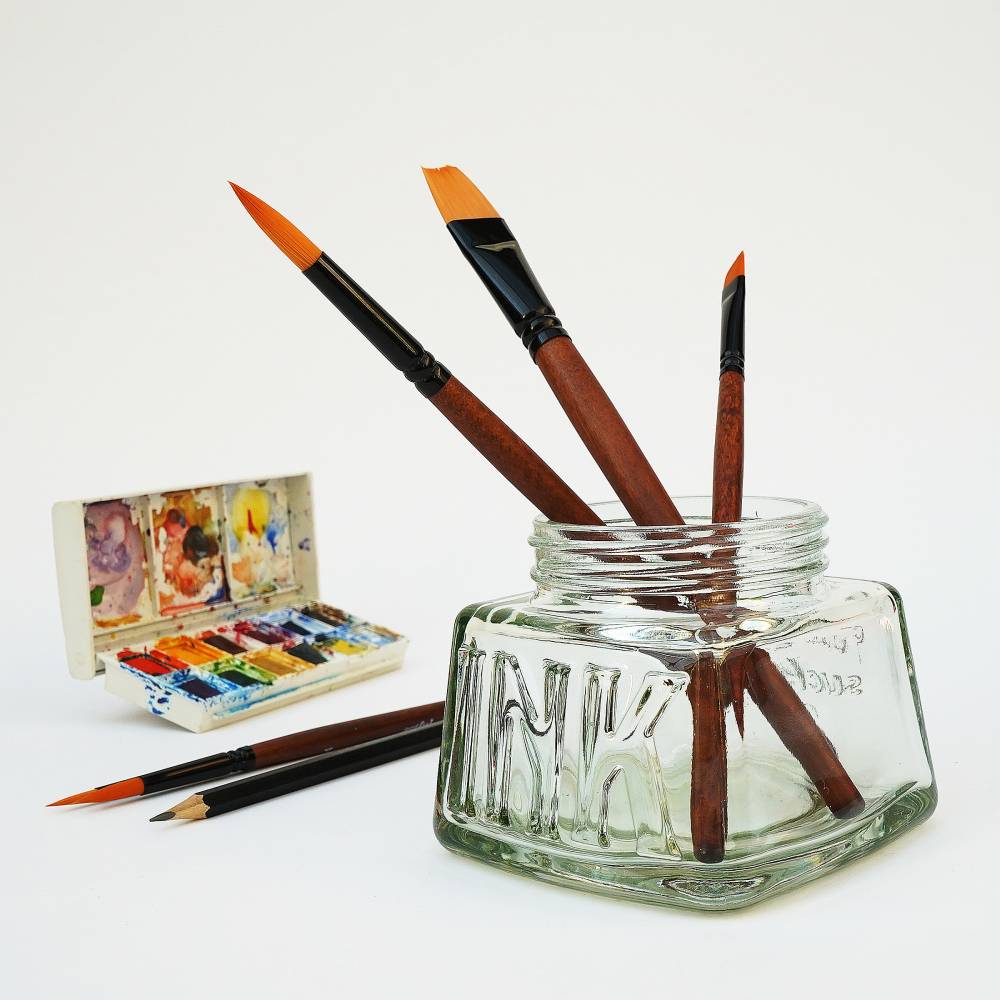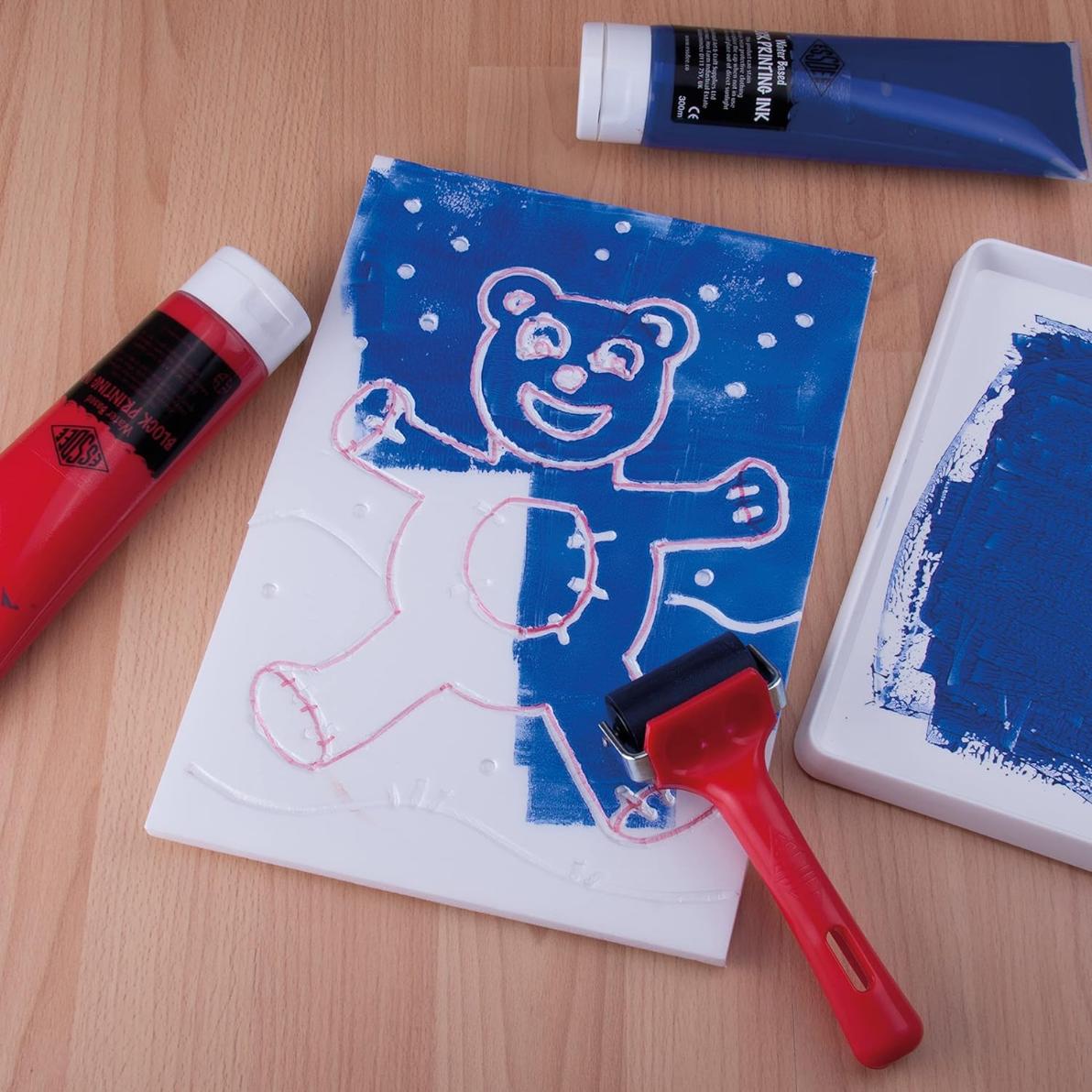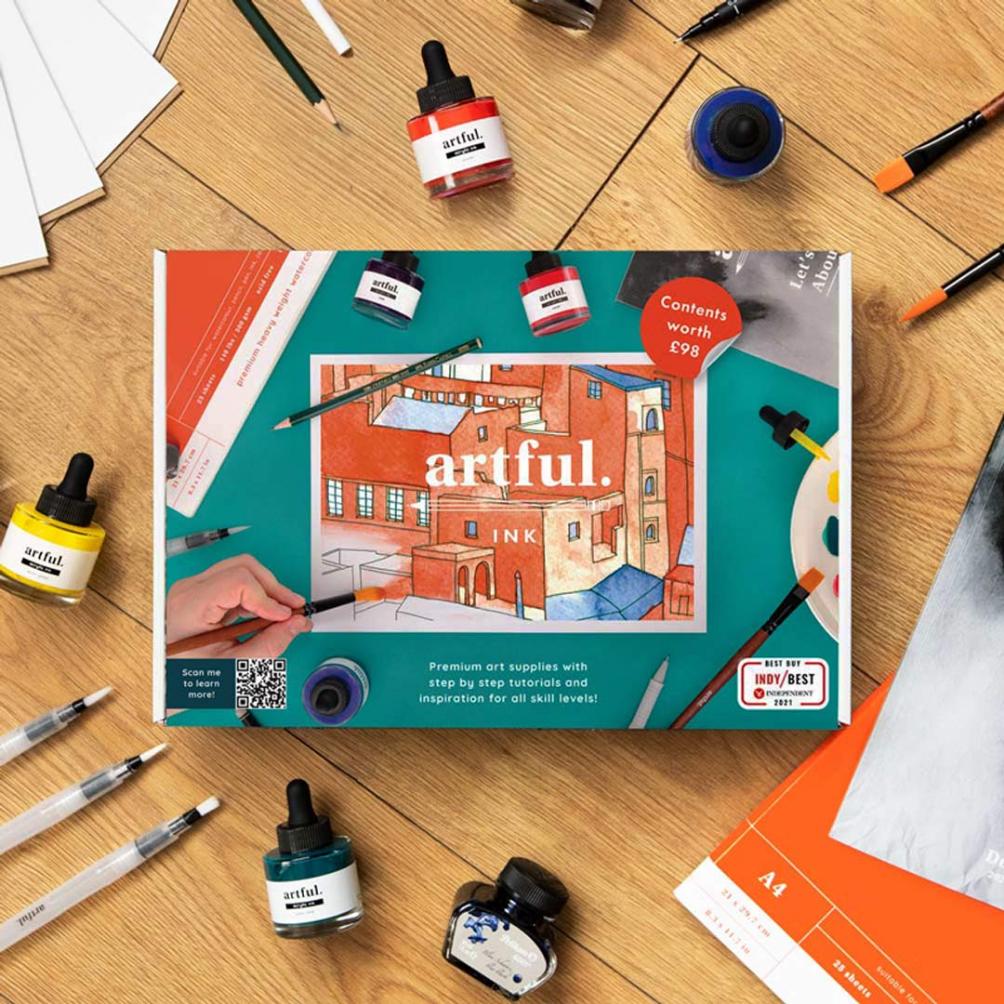Discount Art Supplies – Save Yourself Some £££’s
10% OFF SELECTED ART SUPPLIES – USE CODE: 10-CLEARANCE | VALID TILL 30/06/25
10% OFF SELECTED ART SUPPLIES – USE CODE: 10-CLEARANCE | VALID TILL 30/06/25
Lowest Prices Online
100% Money Back Guarantee
Fast Reliable Insured Delivery
Quality Made Equipment
Small UK Business
Discounts Available For Armed Forces, NHS, Police, Fire Fighters & Teachers
🌟 New in Stock! 🛠️ Discover the precision and craftsmanship of Pfeil Lino Cutting Tools – perfect for your next lino project! 🎨
Whether you’re an aspiring artist or a professional, you need to have the right art supplies and equipment to create amazing works of art. You might be thinking what is the closest art shop near me? In the past, buying art supplies meant taking a trip to your local brick-and-mortar store. However, these days more and more people are turning to online retailers for their art supply needs. Let’s take a look at why this is becoming such a popular option.
Online shopping means you can browse and order supplies anytime, and have them delivered straight to your door. It’s easy to compare prices and find exactly what you need without leaving your home.
Online stores like Hickman Design offer a much broader selection of supplies compared to physical shops. Whether you’re after specialised tools or specific brands, you’re more likely to find them online. Plus, there are often discounts and deals available.
Many online art shops also offer expert advice to help you make the best choices for your projects. This support ensures you get the materials that suit your creative needs, saving you time and effort.
Shopping for art supplies online offers several advantages over traditional brick-and-mortar stores, including convenience, variety and expert advice. NO more thinking what is the closest art shop near me! No matter what kind of project you are working on, there is likely an online retailer that can provide exactly what you need at a price that fits within your budget. So if you’re looking for new materials or equipment for your next artistic endeavour, consider shopping online!


Some of the benefits of learning art are:
Depending on what style of art medium you are working with will determine what you need, but the 10 most common art materials and supplies needed to get started with art are:
Again, keep in mind that this is a basic list of art supplies, and your needs may vary depending on your preferred medium and style.


Getting started with art can be hard, check our list of the easiest art forms to help get you started:
Remember, the key to starting any art form is to keep it simple and not be too hard on yourself if your first attempts don’t turn out as expected. With practice and patience, you’ll be able to develop your skills and create art that you’re proud of.